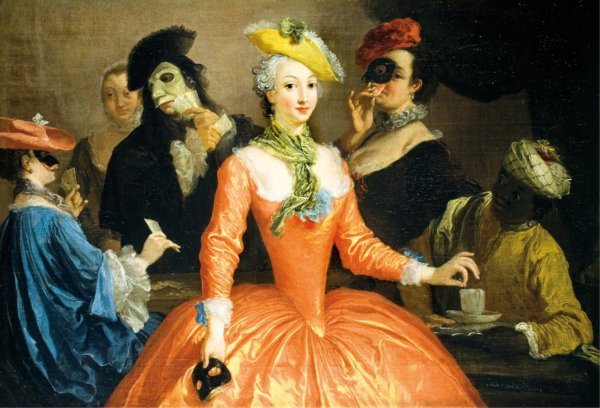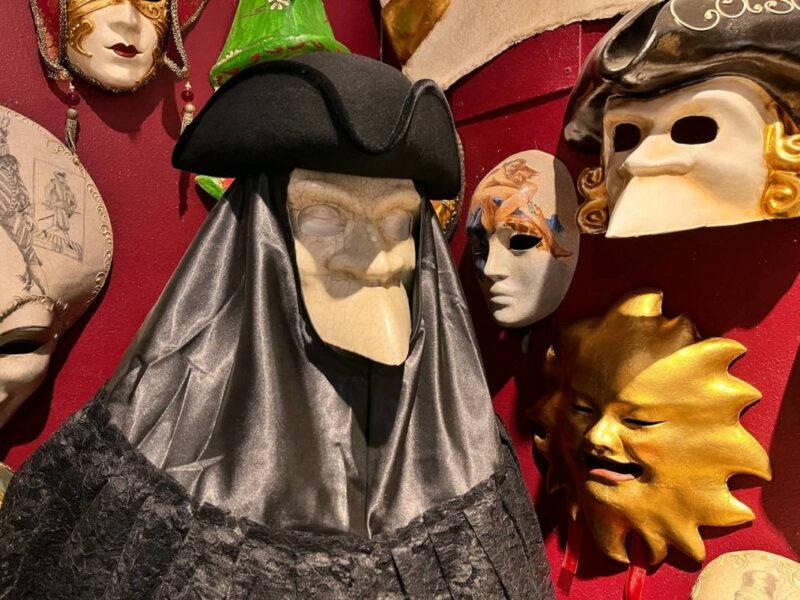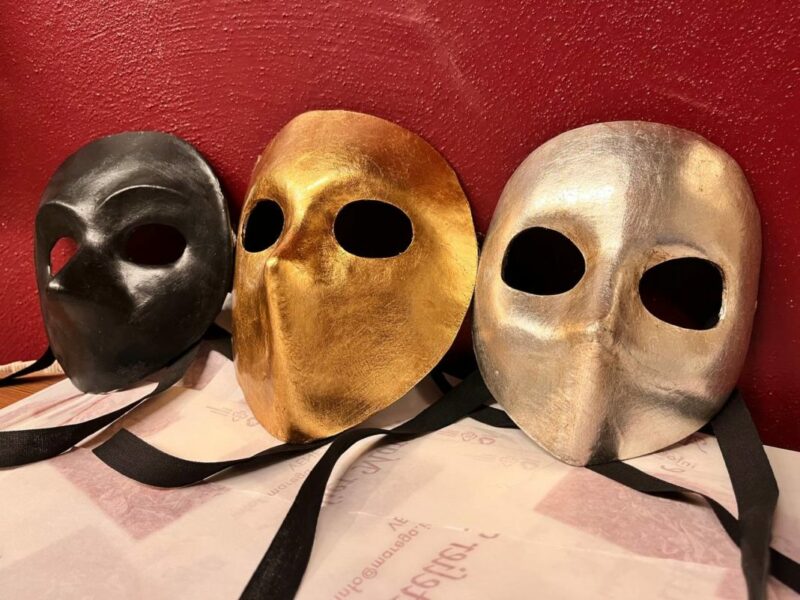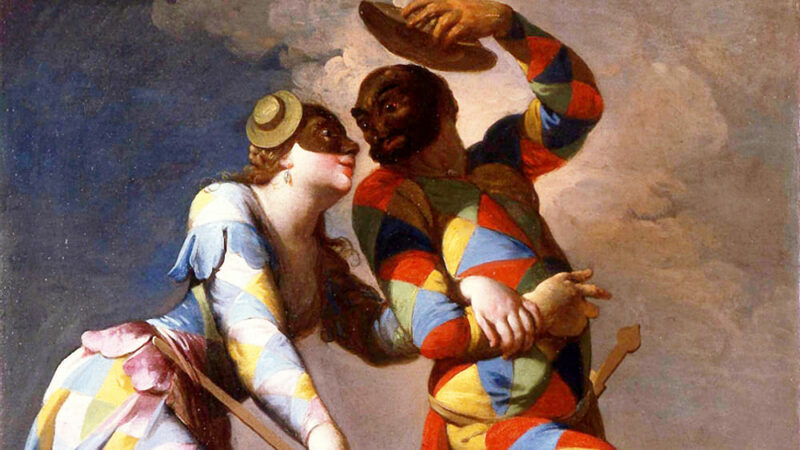06.01.2024

The Carnival of Venice is among the most famous in the world, characterised by the splendid and mysterious Venetian masks.
Coloured, decorated, simple or more whimsical, the masks are almost exclusively associated with this time of year, but in Venice, these particular ornamental objects are closely linked to the craft tradition of the mascareri and their use has changed over the years, taking on different meanings and importance.
The first hints of Venetian masks date back to 1200, when Doge Enrico Dandolo told of some women from Constantinople walking around the city with their faces covered. However, the earliest evidence and documentation dates back to the 15th century, when the trade of the ‘mascarero’ was recognised.
The masks, made of papier-mâché and adorned with precious stones, colours and fabrics, immediately became synonymous with freedom of expression, transgression of the rules of the Serenissima Republic, play, celebration and the possibility of becoming whoever one wanted to be. The use of this disguise, however, was restricted by a specific law of 1268 on certain occasions, excluding Carnival and other official city festivities.
Already by the end of the 18th century, there were about 12 workshops of Venetian masks made of waxed cloth and papier-mâché: the most typical was the Bauta, not just a mask but a common dress, often worn for evenings at the theatre or in the gambling houses with tabarro, a dark cloak and tricorn on the head.
Another mask that was very popular in the city was the Moretta: an oval-shaped mask of French origin covered in dark velvet that became very popular among Venetian ladies. It was held in place on the face by biting a small button between the teeth, thus becoming a mute mask.


The Venetian mask is then combined with those of the Commedia dell’Arte, a theatrical genre in which the main characters are Colombina, Arlecchino, Pantalone and Lo Zanni.

Even today, Venice masks continue to be part of a widespread craft and cultural tradition that wants to continue to tell its story.
We will be happy to point you to the best craft workshops in Venice!
